40 independent record labels 1950s
The Independent Record Labels of the 1950's and 1960's Eric Eller, Throughout the 1950's and 1960's, a wave of new musical movements by independent record labels and new artists emerged in the United States. This movement is captured in the stories of those label creators and owners, and in the turbulent journey through their successes and failures. Major Labels vs Independent Labels | Differences Between ... - TeenStar Independent labels vs major labels, The term 'indie' (independent) is applied to any music label that operates outside the sphere of the major corporations. Indie labels differ dramatically in size and capacity: from professional teams working in slick premises, to self-trained individuals using their home computer to run the business.
Category:Record labels established in 1950 - Wikipedia Pages in category "Record labels established in 1950", The following 22 pages are in this category, out of 22 total. This list may not reflect recent changes ( learn more ). A, Acorn Records, C, Capitol Records Nashville, Chess Records, Codiscos, D, Dot Records, E, Elektra Records, F, Federal Records, M, Music Minus One, N, Nixa Records, O,

Independent record labels 1950s
Report: Independent Labels Say Pay-For-Play Is Preventing Their Artists ... Pay-for-play may not be as common as it once was in the record label and radio station relationship, but according to some independent labels it still exists and is preventing their artists from getting airplay. ... The issue of pay-for-play has been well documented going back to Congressional hearings in the 1950s and 1960s resulting in payola ... The Rise and Fall of Record Labels - Claremont Colleges Many more record labels entered the scene in the 1950s but eventually the record labels began to merge and consolidate to form a few corporate giants. The 1960s were a decade of consolidation in the recorded music industry. Due to economies of scale and the large-scale distribution needed to truly commercialize the Nostalgia: 30 Birmingham record shops where you spent your Saturdays ... Like many other independent stores, Swordfish also ran its own record label. In the 90s, business was buoyant in the Britpop boom and the Swordfish label was able to fund releases by several ...
Independent record labels 1950s. The Independent Record Labels of the 1950's and 1960's "Due to Tom Dowd's technical prowess, (Atlantic Records) was one of the first independent labels to record in stereo" (HMP, Ch III). Atlantic was formed in 1947 by Ahmet Ertegun, son of a Turkish ambassador, and Herb Abramson. It started out as a Rhythm and Blues and Jazz label. In the early 1950's Jerry Wexler and Nesuhi Ertegun joined the team. Recording Industry - Part 3: Independent Labels Find Success - NCpedia Independent Labels Find Success. World War II and the 1940s brought many changes to the recording industry. Early in 1942 the government restricted the use of shellac needed for 78 rpm record production. That July J. C. Petrillo, president of the American Federation of Musicians, announced a ban on all recording and closed down the studios for two years. rock | Definition, History, Artists, Songs, & Facts | Britannica rock, also called rock and roll, rock & roll, or rock ’n’ roll, form of popular music that emerged in the 1950s. It is certainly arguable that by the end of the 20th century rock was the world’s dominant form of popular music. Originating in the United States in the 1950s, it spread to other English-speaking countries and across Europe in the ’60s, and by the ’90s its impact was ... How Indie Record Labels Work - The Balance Careers For example, independents like Sun Records, which was founded in 1950 in Memphis, signed country and rock artists. Some of these artists include Elvis Presley, Roy Orbison, and Johnny Cash. A lot of independents still operate that way — signing on talent that may be on the fringe.
Independent Record Labels - History of Rock 1950 , o, o Tennessee, (Alan and Reynolds Bubis) Nashville, Tennessee, o, o Dot (Randy Wood &, Gene Nobles) Gallatin, Tenn , o, o RPM (Lester (Bihari) Los, Angeles, California, o, o Trumpet, (Willard & Lillian McMurry) Jackson, Miss , 1951 , o, o Red, Robin (Bobby Robinson) New York , o, o Nashboro-Ernie Y (Ernie, History of Rock 'n' Roll Flashcards | Quizlet All of the following were independent labels in the late 1940s and early 1950s EXCEPT a) Chess Records b) Mercury Records c) King Records ... an original song released by both independent and major record labels d) a song recorded by an artist who did not write the song. a "That'll Be the Day" was the first hit for Independent record label - Wikipedia An independent record label (or indie label) is a record label that operates without the funding or distribution of major record labels; ... From 1940s to 1950s, R&B indie labels such as Savoy, Apollo, King, Modern, Mercury, Imperial, Specialty, Red Robin, Duke and Vee-Jay Records were founded. Record labels that rocked our world - The Independent Blue Note's golden age was in the 1950s and 1960s, when it released records by the cream of US jazz musicians and composers: trumpeter Lee Morgan, pianist Sonny Clark and tenor sax player Dexter...
Independent Labels - University of Sheffield A small independent label from Berlin begun in March 2003 by Marcus Liebig. The catalogue comprises less than 10 CDs, the early releases being four small CDRs placed in a single cover, the others using the same sized package but single CDs. Musicians include Burkhard Beins, Alessandro Bosetti, Gregor Hotz, Kai Fagaschinski, Mark Wastell, Phil ... Independent music - Wikipedia In the United States, independent labels and distributors often banded together to form organizations to promote trade and parity within the industry. The Recording Academy, famous as the organization behind the Grammy Awards, began in the 1950s as an organization of 25 independent record labels including Herald, Ember, and Atlantic Records. Indie Labels Priced Out of Radio Play – Billboard Sep 19, 2022 · Congressional hearings in the 1950s resulted in a 1960 decision that prohibited direct payments by labels (aka payola), but a loophole opened the door to independent promoters as middlemen. The Independent Record Labels Of The 1950'S And 1960'S The Independent Record Labels of the 1950's and 1960's History of Music Production Eric Eller Throughout the 1950's and 1960's, a wave of new musical movements by independent record labels and new artists emerged in the United States.
33 Independent Record Labels You Should Know | Complex Founded in 2013 by David Dann, the label has picked up only five artists: ZHU, Gallant, THEY., Klangstoff, and Kwaye. With each act, they're thoughtful and deliberate with the strategy and focused...
10 Black Owned Record Labels We Don't Discuss Enough The label, known as the first black-owned record label, ... Interesting Facts: Gamble-Huff started writing hit songs in the 1950s. Also, one of MFSB's songs has been used as a sample for a few hip-hop songs, including Jay Z's "What More Can I Say." ... The label was one of the first independent labels to sell its own merchandise and music ...
Music Row Nashville Information Guide - Old Town Trolley Tours Developed in the 1950s, Music Row is considered the hub of the city’s entertainment industry. The neighborhood attracted music industry firms after WSM announcer David Cobb referred to Nashville as “Music City, USA” during a broadcast in 1950. As the moniker became widely accepted, the city rapidly grew into one of the nation’s top centers for music recording and …
Independent Record Labels | History | Play Alone Records Established in the 1950s in Memphis, Tennessee, Sun Records signed artists considered to be out of the mainstream. It's funny- to think of country and rock music as "unconventional" styles. They were, however, and were able to get their footing because of the indie philosophy. For the indie scene, a niche was the gateway to success.
The Independent Record Labels of the 1950's and 1960's The Independent Record Labels of the 1950's and 1960's, Better Essays, 4437 Words, 18 Pages, Open Document, The Independent Record Labels of the 1950's and 1960's History of Music Production Eric Eller Throughout the 1950's and 1960's, a wave of new musical movements by independent record labels and new artists emerged in the United States.
50sPopMusic.com The major record labels started recording covers in the early 1950s to deal with the threat of 'cross-over' songs from the rhythm and blues and country artists. The major labels didn't want the specialized country, R&B, and black musicians to threaten the dominance the major studios enjoyed in the mainstream POP music market.
History of Record Labels and the Music Industry - Playlist Research History of Record Labels and the Music Industry. by Alex Cosper. Introduction 1900s 1910s 1920s 1930s 1940s 1950s 1960s 1970s 1980s 1990s 2000s. The beginning of the recording industry is often thought of as Thomas Edison's patent on phonograph technology in the late 19th century. While rudimentary sound capturing experiments began in the early ...
The Rise of Independent Record Companies and Rock 'n' Roll The small labels were in a perfect position to satisfy the new mass audience of record buyers. The big labels were slow moving. They were top heavy and making decisions took a long time. Often they were so slow that they missed out on signing potentially great stars. Most of the small labels were pretty much a one or two man show.
The Independent Record Companies - History of Rock An independent record label are record companies that produce and distribute records without the funding of major record labels; they are a type of small to medium-sized enterprise. The distinction between major and independent labels is not always clear. The traditional definition of a major label is a label that owns its distribution channel.
Motown | History, Style, Artists, Songs, & Facts | Britannica Aug 30, 2022 · Motown, in full Motown Record Corporation, also called Hitsville, recording company founded by Berry Gordy, Jr., in Detroit, Michigan, U.S., in January 1959 that became one of the most successful Black-owned businesses and one of the most influential independent record companies in American history. The company gave its name to the hugely popular style of soul music that it created. Moving ...
The History of Black-Owned Record Labels - JSTOR Daily Black Swan Records, the first large-scale Black-owned record label in the United States, is getting a lot of attention lately. Started by Harry Pace in 1921, Black Swan only lasted three years, but its legacy laid the groundwork for many Black-owned labels to come. As historian David Suisman explains, Black Swan was "designed to utilize the ...
The Independent Labels Some of the most important labels were Atlantic, Chess, Elektra, Imperial, King, Specialty, and Sun Records, followed later in the 1950s by Stax and Motown. Atlantic Records was established in 1947 by Ahmet Ertegun and Herb Abramson and focused on recording black rhythm and blues artists.
History of Rock Exam 1 Flashcards | Quizlet Study with Quizlet and memorize flashcards containing terms like The most important studio in 1950s New Orleans was Crescent City Recording. T/f ?, During the 1950s, teens increasingly began listening to R&B from independent labels rather than pop from major labels. T/F?, Which is most true: jazz incubated in and more.
Independent record labels and producers | Britannica Of the first generation of successful rock-and-roll singers, almost all recorded for labels that initially supplied rhythm-and-blues records: Fats Domino for Imperial, Chuck Berry for Chess, Little Richard for Specialty, and Elvis Presley and Carl Perkins for Sun.
Music Industry History 1950s - Playlist Research History of record labels in the 1950s. Videos: Timelines ... Capitol had risen to being the fourth biggest label in 1955 when EMI, the biggest UK record operation, bought Capitol for $8.5 million. From 1954-1958 independent labels issuing rock and roll and r&b recordings dominated the charts as the market share for major labels fell dramatically.
Nostalgia: 30 Birmingham record shops where you spent your Saturdays ... Like many other independent stores, Swordfish also ran its own record label. In the 90s, business was buoyant in the Britpop boom and the Swordfish label was able to fund releases by several ...
The Rise and Fall of Record Labels - Claremont Colleges Many more record labels entered the scene in the 1950s but eventually the record labels began to merge and consolidate to form a few corporate giants. The 1960s were a decade of consolidation in the recorded music industry. Due to economies of scale and the large-scale distribution needed to truly commercialize the
Report: Independent Labels Say Pay-For-Play Is Preventing Their Artists ... Pay-for-play may not be as common as it once was in the record label and radio station relationship, but according to some independent labels it still exists and is preventing their artists from getting airplay. ... The issue of pay-for-play has been well documented going back to Congressional hearings in the 1950s and 1960s resulting in payola ...








:max_bytes(150000):strip_icc()/how-to-start-a-record-label-2460782-ct-edit-6116a7e41e5e47639b14fee12d53c385.jpg)




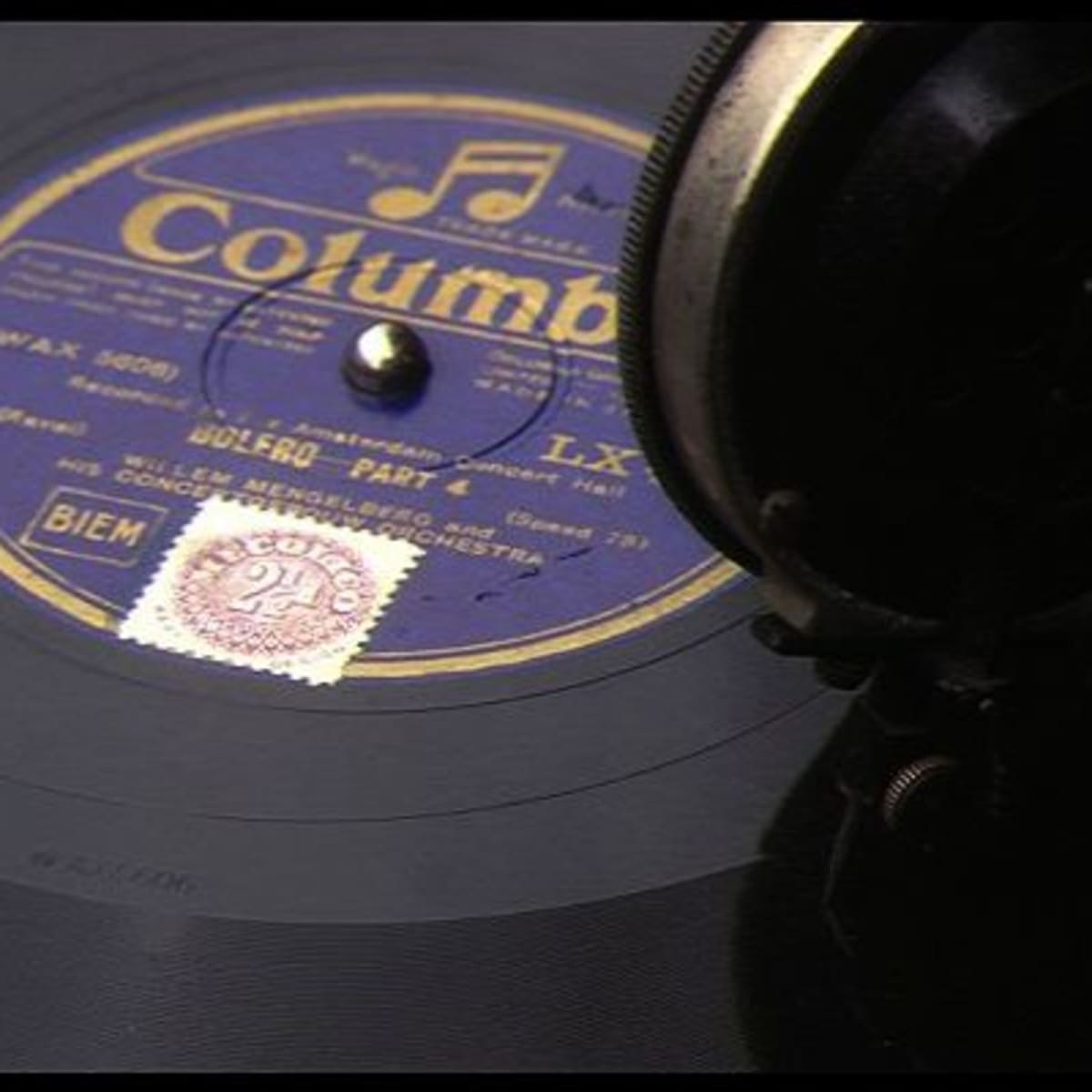



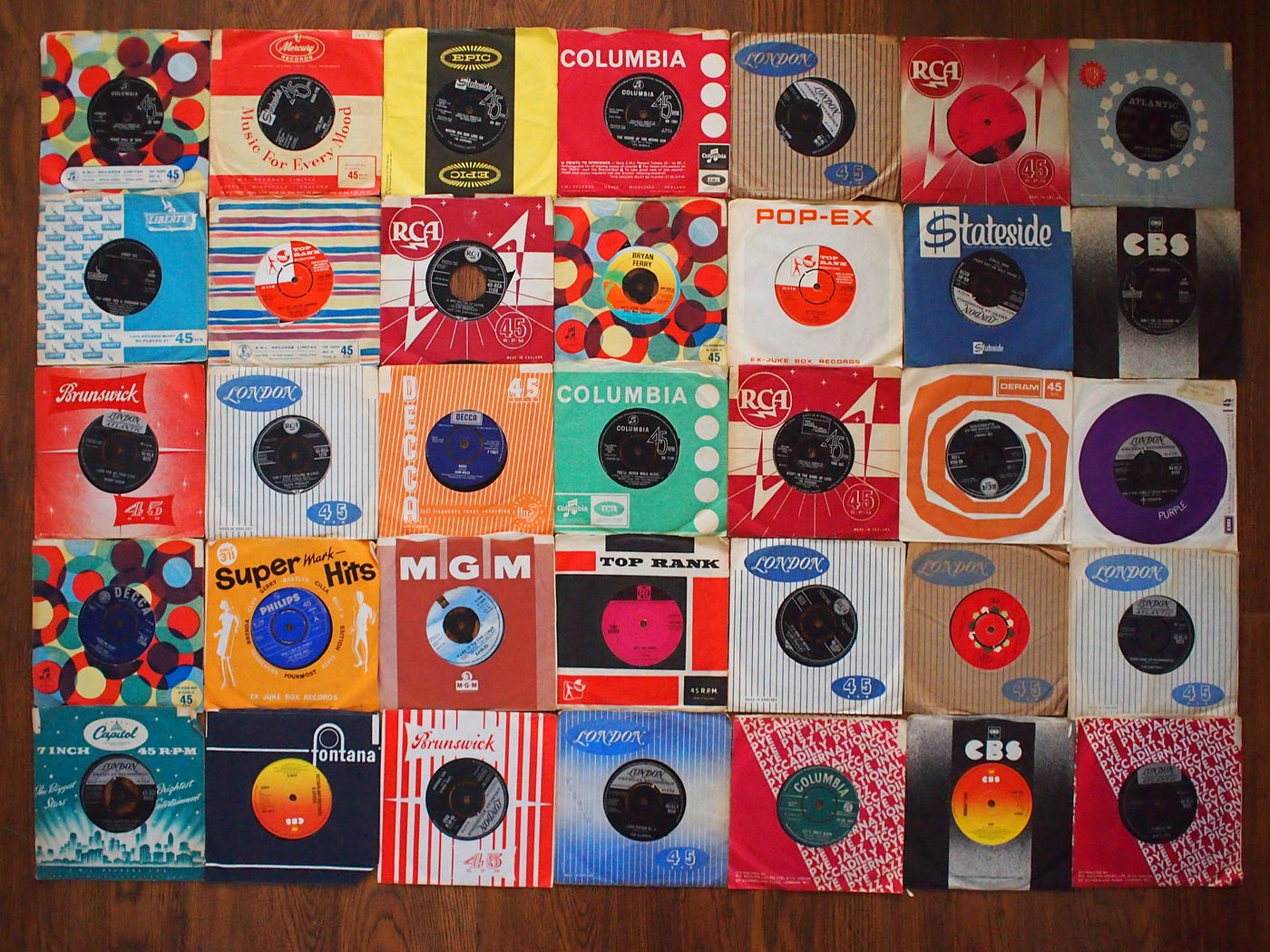
/GettyImages-597201649-574382e83df78c6bb023af1e.jpg)






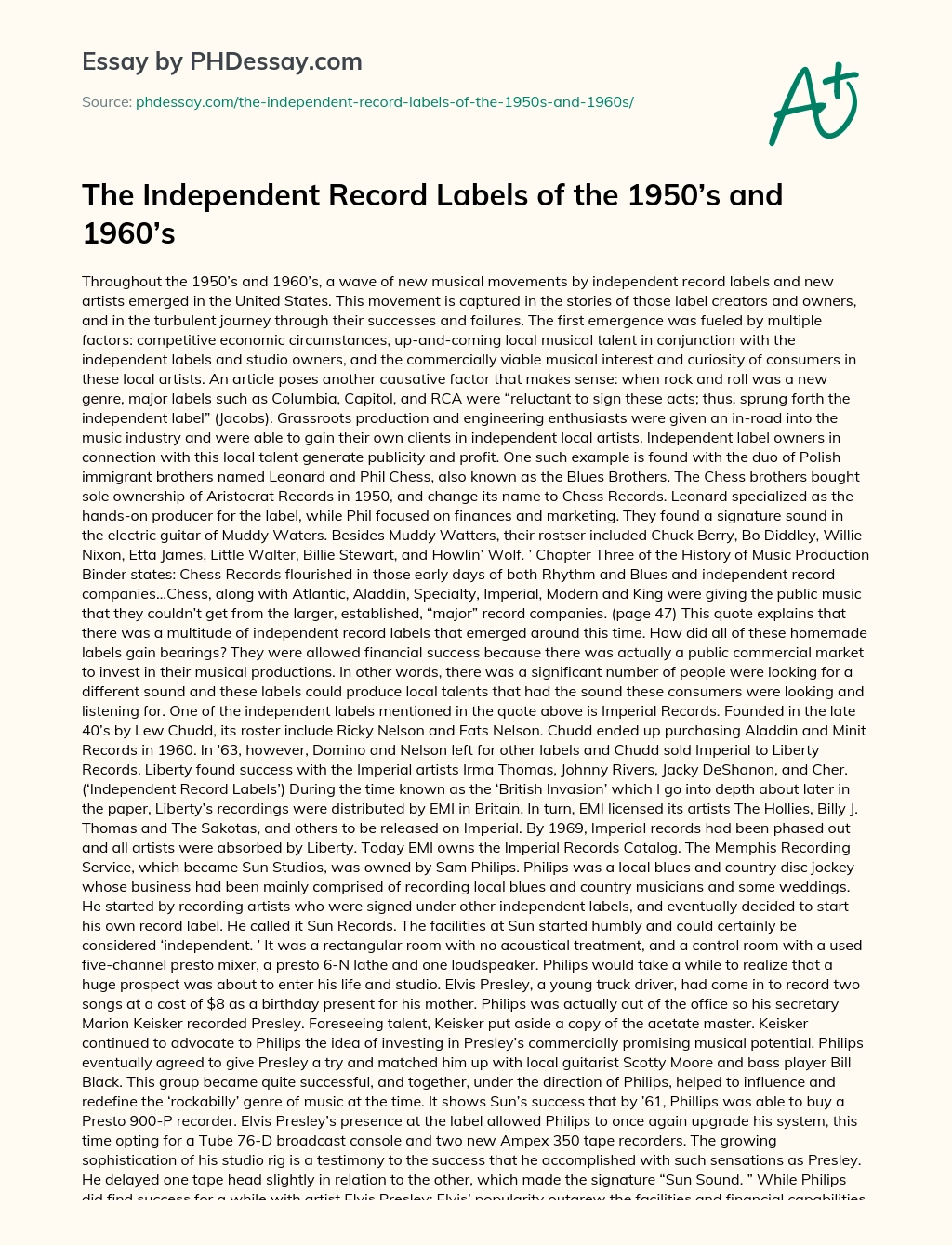

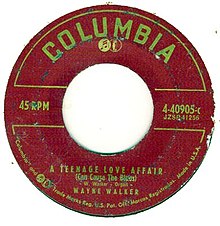
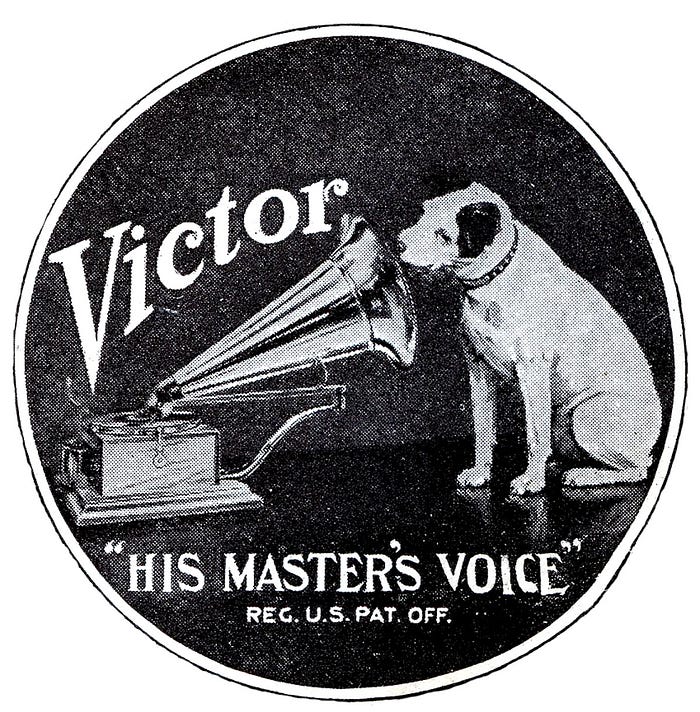



Post a Comment for "40 independent record labels 1950s"